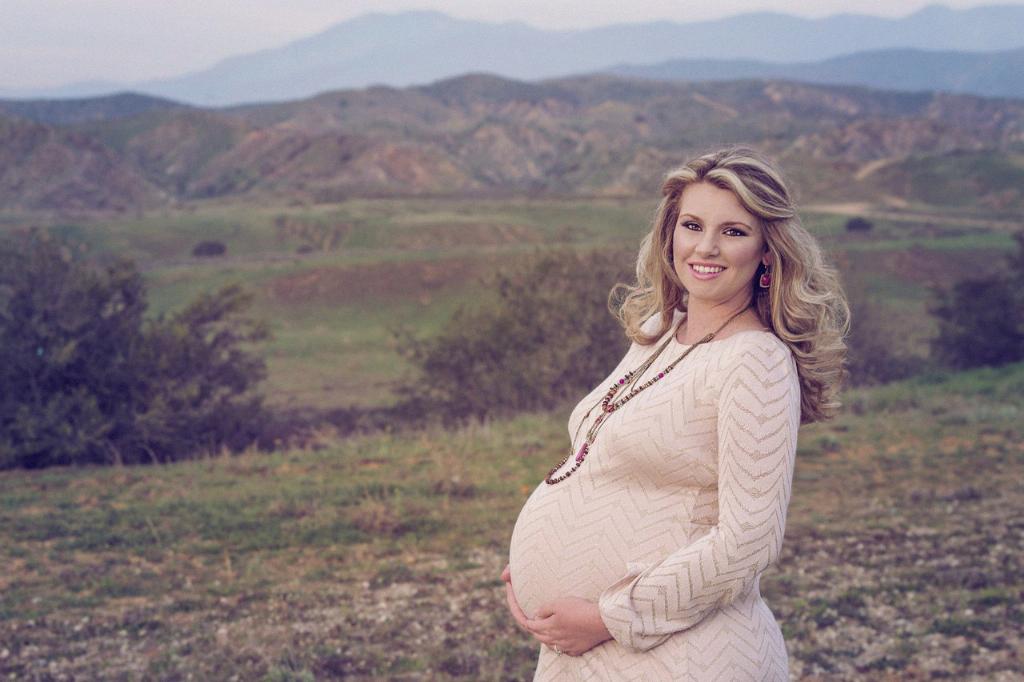One of the most critical risks associated with hemorrhaging after a C-section is the significant blood loss that can occur. This excessive bleeding, known as postpartum hemorrhage (PPH), poses a serious threat to a woman’s health and can lead to various complications if not promptly addressed.
Understanding the Severity of Postpartum Hemorrhage
Postpartum hemorrhage can result in the loss of a large volume of blood, which can be life-threatening. This condition is particularly dangerous because it can lead to a rapid drop in blood pressure, putting the mother at risk of shock and potential fatality if not managed effectively.
The Impact on Blood Pressure and Oxygen Supply
When a woman experiences hemorrhaging after a C-section, the loss of blood can cause a significant decrease in blood pressure. The body may struggle to maintain adequate oxygen supply to vital organs, leading to potential complications such as organ dysfunction or failure.
Potential Symptoms and Signs of Hemorrhage
It’s crucial to recognize the signs of postpartum hemorrhage following a C-section. Symptoms may include excessive bleeding, rapid heart rate, dizziness, paleness, and feelings of weakness or fatigue. Timely identification of these signs is vital for prompt intervention.
Emergency Measures to Address Hemorrhaging
When faced with postpartum hemorrhage after a C-section, immediate medical intervention is imperative. Healthcare providers may administer medications to stimulate uterine contractions, perform a manual examination of the uterus, or proceed with surgical interventions to control bleeding.
Potential Complications and Long-Term Effects
Failure to address postpartum hemorrhage promptly can result in severe complications, such as organ damage, hypovolemic shock, or the need for blood transfusions. In some cases, the long-term effects of significant blood loss may impact a woman’s overall health and well-being.
Emotional and Psychological Impact
Experiencing postpartum hemorrhage after a C-section can have lasting emotional and psychological effects on a woman. The fear, stress, and trauma associated with such a life-threatening event can influence her mental health and well-being in the postpartum period.
Recovery and Follow-Up Care
After surviving postpartum hemorrhage following a C-section, it is essential for women to receive comprehensive follow-up care. Medical professionals will monitor their physical recovery, emotional well-being, and provide support to address any lingering concerns or issues.
Preventative Measures and Risk Reduction
To mitigate the risk of postpartum hemorrhage after a C-section, healthcare providers may take preventive measures during the delivery process. These strategies may involve closely monitoring blood loss, administering medications to promote uterine contractions, or preparing for potential surgical interventions if needed.
Advocating for Maternal Health and Safety
Ensuring maternal health and safety during the childbirth process is paramount. By raising awareness about the risks of postpartum hemorrhage after a C-section and advocating for quality care and prompt interventions, healthcare professionals and communities can work together to protect the well-being of mothers and newborns.
Conclusion: The Importance of Awareness and Timely Intervention
In conclusion, postpartum hemorrhage following a C-section is a serious medical emergency that requires immediate attention and intervention. By understanding the risks, recognizing the symptoms, and advocating for comprehensive care, we can help safeguard the health and well-being of mothers experiencing this potentially life-threatening complication.

